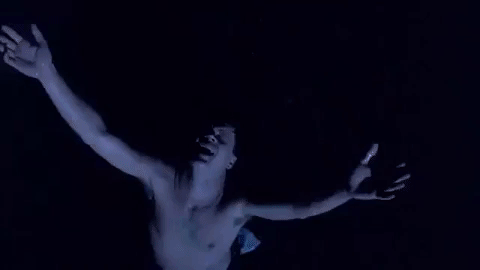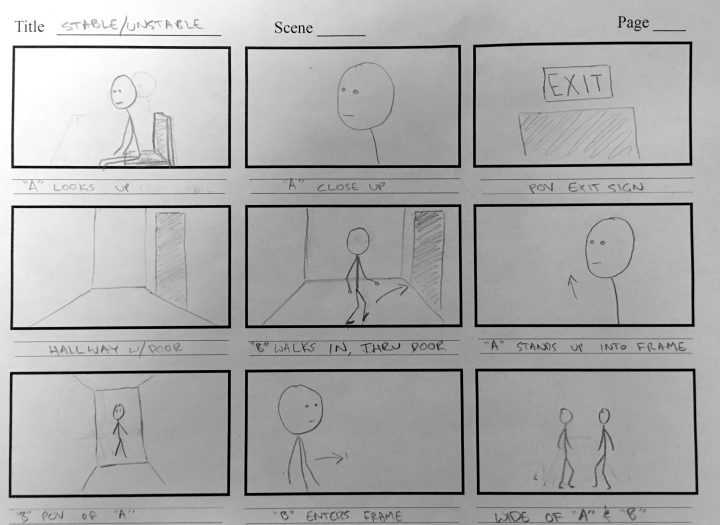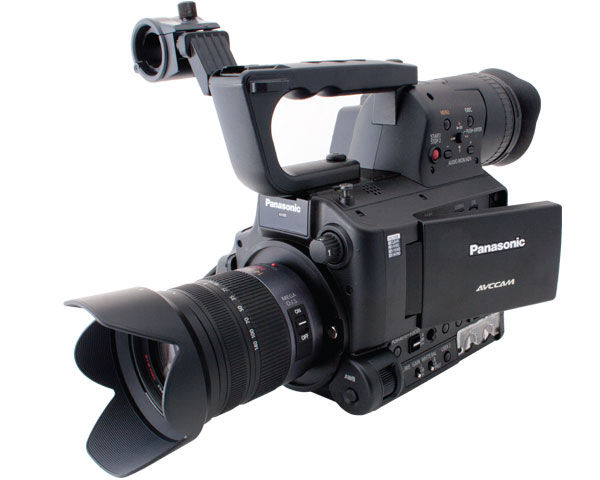Project 8 – Collaborate and Create
We’ll continue to work on some in-class projects over the next few weeks, but it’s time to discuss the final project for this class, Lost/Found. This will be a collaborative project, so we’ll all be contributing to the finished piece.
There will be two main parts of the finished film: one representing the theme of “lost” and the other representing the theme of “found.” The class will work in two groups of three, with each group tackling one half of the story.
To keep things simple, I’m assigning the groups as follows:
Group 1/Lost: Koto, James, Gray
Group 2/Found: Blake, Alex, Julie
Brian will assist both groups as much as possible during production and will work with them to create music for the finished piece.
Here are the parameters:
- Each sequence (Lost and Found) must be between 60 and 90 seconds in length.
- Each sequence must include at least three different movement techniques. These could include tracking shots, gimbal work, handheld, crane shots, etc..
- There must be one long take (oner) that is at least 10 seconds in length.
- The Lost sequence must explore that theme and end with a character sending an unseen phone message.
- The Found sequence must explore that theme and begin with a character receiving an unseen phone message.
- The finished film should have a resolution 1920 x 1080 and a frame rate of 24.
- I would like to see a rough draft on Tuesday, November 27.
- The finished film is due Tuesday, December 4.










